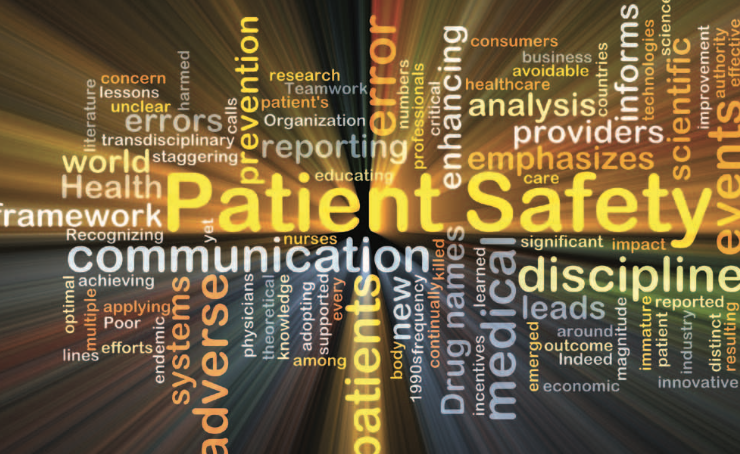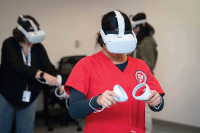The American Nurses Association (ANA) joined with the other members of the Institute for Healthcare Improvement (IHI)–convened National Steering Committee for Patient Safety to announce the release of a national action plan intended to provide health systems with renewed momentum and clearer direction for eliminating preventable harm in healthcare.
Safer Together: A National Action Plan to Advance Patient Safety draws from evidence-based practices, widely known and effective interventions, exemplar case examples, and newer innovations. The plan is the work of 27 influential federal agencies, safety organizations and experts, and patient and family advocates who were first brought together in 2018 by IHI, a global leader in health and healthcare improvement.
“The COVID-19 pandemic has underscored the urgent need driving this comprehensive national action plan to advance patient safety,” said Cheryl Peterson, MSN, RN, ANA vice president of Nursing Programs who represented ANA on the Steering Committee. “We’ve witnessed the burden of harm—physical, mental, and emotional—on our nation’s healthcare professionals and it is essential that their safety and well-being be prioritized on our journey to improve patient safety.” ANA President Ernest J. Grant, PhD, RN, FAAN, served on the Leadership and Culture Subcommittee and Senior Policy Advisor Kendra McMillan MPH, RN, served on the Workforce Safety Subcommittee.
The action plan recommendations center on four areas:
1. Culture, leadership, and governance: The imperative for leaders, governance bodies, and policymakers to demonstrate and foster deeply held professional commitments to safety as a core value and promote developing cultures of safety.
2. Patient and family engagement: The spread of authentic patient and family engagement; the practice of co-designing and co-producing care with patients, families, and care partners to ensure their meaningful partnership in all aspects of care design, delivery, and operations.
3. Workforce safety: The commitment to the safety and fortification of the healthcare workforce as a necessary precondition to advancing patient safety; the need to work toward a unified, total system perspective and approach to eliminate harm to both patients and the workforce.
4. Learning system: The establishment of networked and continuous learning; forging learning systems within and across healthcare organizations at the local, regional, and national levels to encourage widespread sharing, learning, and improvement.
To help healthcare organizations immediately act on the recommendations, the plan provides implementation tools and resources. Read the report at ihi.org/Engage/Initiatives/National-Steering-Committee-Patient-Safety/Pages/default.aspx.




















